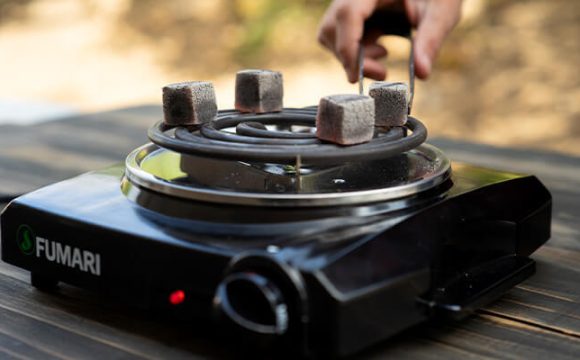The sciatic nerve is the lengthiest nerve inside the body; thus, there are several different ways it could become damaged or compressed. Anybody with sciatica or a sciatic nerve impingement understands how disturbing the condition could be. As a result, getting to the core of your Las Vegas sciatica discomfort and devising a treatment strategy is critical. Here are the five common reasons for sciatica and what solutions exist to address these conditions.
- Spinal Disc Herniation
A herniated disc compressing the nerve is the most common reason for sciatic nerve discomfort and accompanying symptoms. As you age, the spinal discs are more susceptible to shifting out of position if they are overly stressed, and if they do, they could obstruct adjacent nerves.
The sciatic nerve is frequently squeezed, particularly when a herniated disc occurs in the lumbar spine. Sciatic nerve discomfort generated by a displaced spinal disc can be relieved with physical therapy or minimally invasive surgery to eliminate a portion of the herniated disc.
- Spinal Stenosis
Spinal stenosis is a disorder wherein the space through which the spinal nerves move narrows. As the space for the spinal nerves to travel through shrinks, the nerves in the region could become squeezed, resulting in sciatica.
Stenosis could develop with age or because of injury to the region. Corticosteroid injections and anti-inflammatory drugs help soothe irritated nerves. Unfortunately, if these therapies fail, surgery might be appropriate.
- Trauma
Trauma to the sciatic nerve or the tissues through which it travels could cause inflammation, pain, and compression. Physical injury to the sciatic nerve could occur in various situations, including falls, car accidents, and sports injuries.
Anti-inflammatory drugs and rest could assist in alleviating discomfort while healing and inflammation diminish. However, more serious injuries might necessitate hands-on care from a neuro specialist.
- Spondylolisthesis
Spondylolisthesis is a spinal disorder defined by the slipping or shifting of one vertebra over another. Nerve root compression and sciatic nerve discomfort in the legs could result from spinal slippage. This condition might result from normal physical degeneration, trauma, or because of genetic predisposition.
Physical therapy, corticosteroid injections, and rest all assist in alleviating discomfort. Nonetheless, surgery may be necessary if conservative measures fail.
- Muscles Spasms
Numerous muscles in the legs and back are innervated by the sciatic nerve and its many branches. Spasms in the muscles can exert tension on the nerve or branches, resulting in sciatica symptoms. Once spasms are addressed with easy nonsurgical medical interventions such as anti-inflammatory medicines, activity restriction, physical therapy, and bracing, symptoms are usually resolved.
- Osteoarthritis
The deterioration of joint soft tissue and bone caused by aging or injury is known as osteoarthritis. Like all other bodily joints, the spine’s facet joints are prone to osteoarthritis. Once the soft tissue and facet joint bones become inflamed and irritated, the adjacent nerves could also become affected.
In some circumstances, bone spurs could form and exert pressure on nerve roots, resulting in sciatica. Typical care solutions include physical therapy, steroid injections, and surgery.
Sciatica is best handled when detected early. Therefore, always be on the lookout for warning signs of sciatica, including lower back pain, radiating pain, weakness, tingling, or numb sensations in the feet or legs. Your spine specialist should provide a care plan that manages the symptoms of sciatica and addresses the underlying causes.








